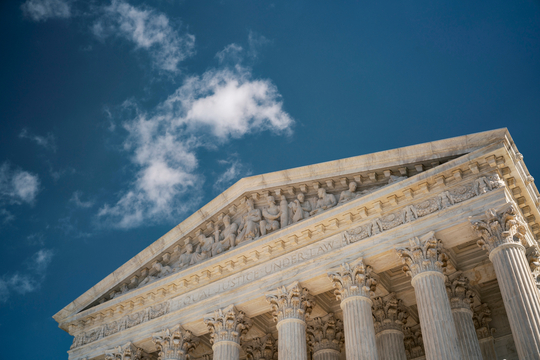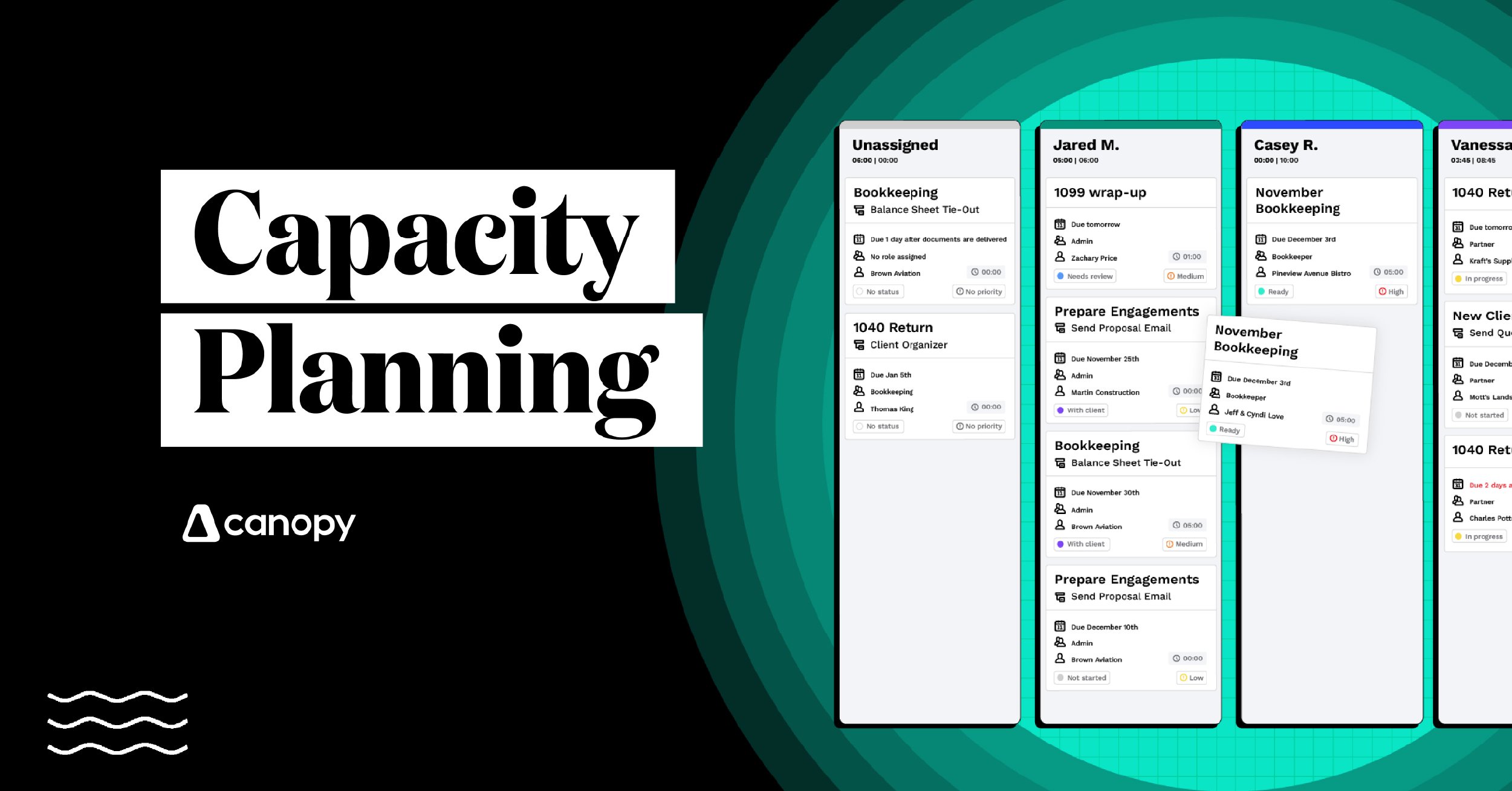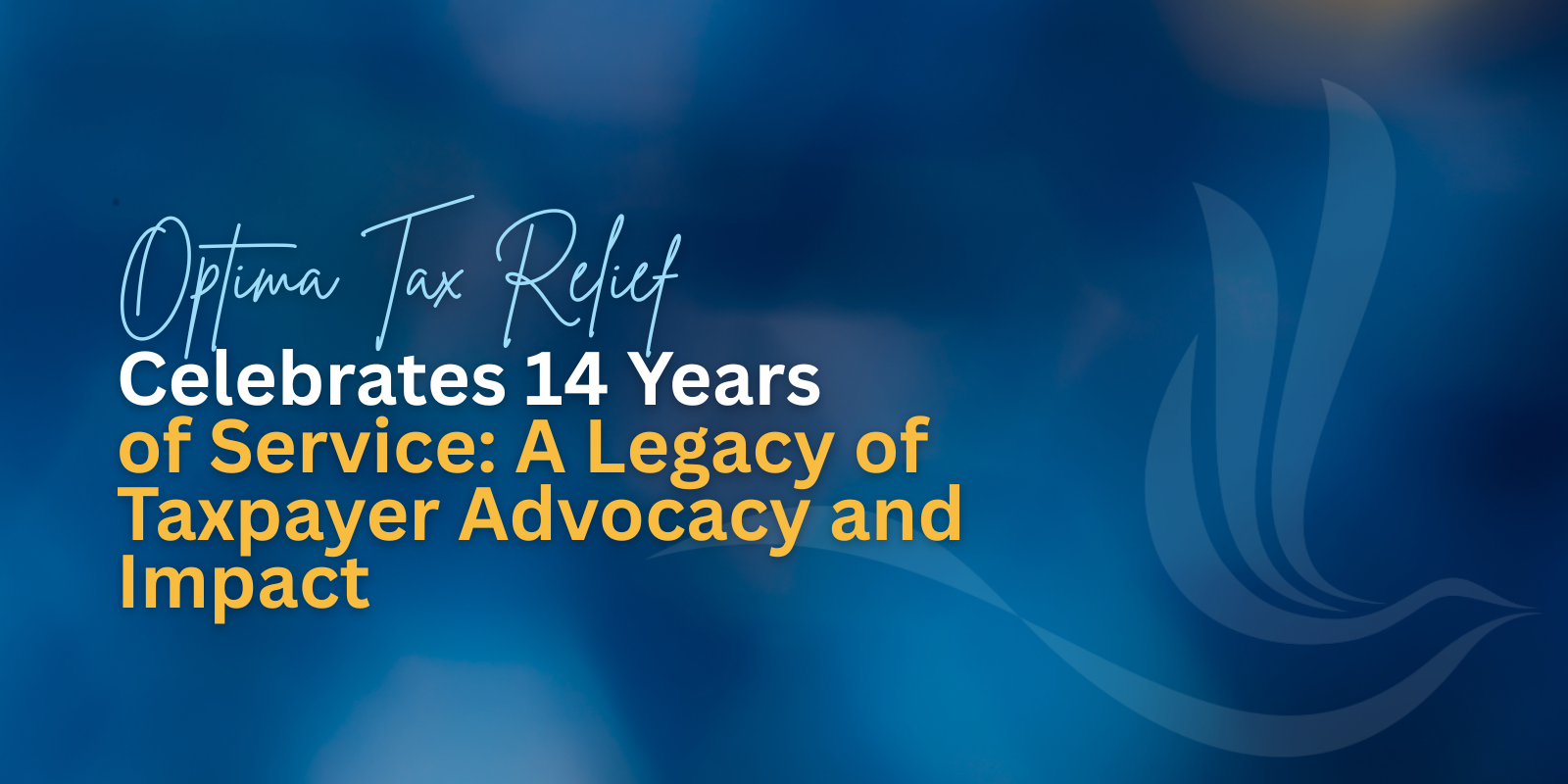Case: Stenson Tamaddon LLC v. IRS, No. CV-24-01123-PHX-SPL, 2025 WL 1725942 (D. Ariz. June 20, 2025)
On June 20, 2025, the US District Court for the District of Arizona denied a motion for summary judgment that was filed by Stenson Tamaddon LLC (StenTam). The tax advisory firm argued that IRS Notice 2021-20, which provided informal guidance on claiming the Employee Retention Credit (ERC), was invalid because it was a “legislative rule” that was not promulgated through notice and comment rulemaking as required by the Administrative Procedure Act (APA). The court ruled that while StenTam had standing to challenge the validity of the notice, the notice was an “interpretive rule” and its issuance as such did not violate the APA. The court also addressed StenTam’s arguments that the Internal Revenue Service (IRS) exceeded its statutory authority in issuing the notice and that it acted in an arbitrary or capricious manner.
Background on the Employee Retention Credit
The ERC was enacted in 2020 as part of the Coronavirus Aid, Relief, and Economic Security (CARES) Act to provide financial relief to businesses affected by the COVID-19 pandemic. Congress’s goal was to incentivize businesses experiencing significant disruptions because of COVID-19-related government orders or a substantial decline in gross receipts to retain employees on payroll and rehire displaced workers. The ERC is calculated as a percentage of qualified wages paid to employees during periods in 2020 and 2021.
Millions of employers have filed refund claims seeking ERC. Since the enactment of the CARES Act, the IRS has issued roughly $269 billion in ERC. However, more than 200,000 claims have been disallowed, reversed, or recaptured, and another 592,000 remain pending as of late April 2025. To the frustration of many, taxpayers whose claims have been processed in 2025 waited an average of more than 18 months before the IRS took action. According to a recent report from the Taxpayer Advocate Service, the IRS will need until at least the end of 2025 to process all remaining ERC claims. However, the IRS may still seek to recapture refunds relating to ERC claims well into the future.
IRS Notice 2021-20
A 102-page document presented in “question-and-answer” format, the IRS published Notice 2021-20 in March 2021 with the intention to “provide[ ] guidance on the [ERC] . . . .” In its suit, StenTam alleged that the notice “defined various terms in Section 3134 [providing for the ERC], identified factors or elements necessary to claim the credit, set minimum thresholds for recovery of ERC, and imposed new, related record-keeping requirements—all of which resulted in the ERC being restricted to a lesser number of businesses than originally contemplated by Congress.” The parties disputed whether the notice created substantive duties and restrictions that carry the force of law. Under the APA, agencies are generally required to follow notice and comment rulemaking procedures before issuing guidance that creates such duties or restrictions.
StenTam’s challenge to Notice 2021-20
StenTam is a tax services firm that advises clients claiming ERC. The firm contended that its business was harmed as a result of Notice 2021-20 and filed a motion for summary judgment asking that the notice be set aside.
StenTam argued that the notice was a “legislative rule” that the IRS issued without following notice and comment rulemaking procedures as required by the APA. In its motion, StenTam discussed three ways in which the notice imposed substantive duties or restrictions. First, the notice imposed limits on the types of businesses that qualify as “eligible employer[s].” Second, the notice narrowed the scope of governmental suspension orders whose issuance would create eligibility for a taxpayer to claim ERC. And third, the notice imposed recordkeeping requirements to claim and prove eligibility for the credit.
Eligible employers. Section 3134 requires that an eligible employer operate a “trade or business.” The notice excludes household employers from this definition because, according to the IRS, they do not operate a “trade or business” as the statute requires. StenTam argued that this requirement was a substantive provision that rendered the notice legislative (as opposed to interpretive) in nature.
Governmental suspension orders. Section 3134 provides that an employer is eligible for the ERC only if its business operations were “fully or partially suspended . . . due to orders from an appropriate governmental authority.” The notice stated that a business had suffered a partial suspension of operations if the disruption resulting from a COVID-19 governmental order affected “more than a nominal portion” of its operations. The notice introduced a safe harbor whereby businesses could meet the partial suspension test if the order caused a 10% reduction in either gross receipts or employee service hours. The notice defines “orders from an appropriate governmental authority” to mean orders from the federal government or a state or local government with jurisdiction over an employer’s operations. StenTam argued that the IRS’s selection of a 10% threshold for the “partially suspended” safe harbor and its attempt to define “orders from an appropriate governmental authority” were inconsistent with Congress’s intent and in any event imposed the sorts of restrictions on ERC claims that required the IRS to have first engaged in notice and comment rulemaking procedures (which it did not).
Recordkeeping requirements. StenTam also argued that the notice imposed additional recordkeeping requirements on businesses claiming ERC and that these supposed requirements lacked basis in the legislation that was enacted.
Opportunities for employers and their tax advisers
While the case generally affirmed the IRS’s position, the court left several paths open to businesses whose interests are hampered by the notice. First, the court noted that, because the notice is an interpretive rule, it does not have a binding effect on taxpayers. Thus, if a taxpayer were to litigate its claim for ERC, the notice’s provisions do not have precedential effect when the IRS argues against allowance of a claim.
Second, the court characterized the notice’s “nominal portion” standard as flexible. In its interpretation of that standard, the notice introduced the 10% safe harbor. Although the court upheld the safe harbor, the court emphasized that a taxpayer may still qualify for ERC even if it did not meet the 10% threshold, and that the IRS’s determination of eligibility in a given case depends on an analysis of the prevailing facts and circumstances. The court also noted that if the IRS were to consistently disallow taxpayers’ claims that did not meet the safe harbor, future taxpayers (or their advisers) might be successful in arguing that the IRS is effectively treating the safe harbor as a binding rule instead of an interpretive one.
Third, the court noted that the case was “a close call” because of the difficulty of distinguishing between legislative and interpretive rules. It also acknowledged that the IRS’s administrative management of the ERC had effected a “financial toll” on taxpayers. Such commentary by the court may be helpful for StenTam’s potential arguments on appeal. It may also create an opening for courts outside of the District of Arizona to reach different conclusions about the validity of the notice and/or its individual provisions.
Practice point: Congress enacted tax-based relief, including enacting the ERC, to mitigate the worst financial effects of the COVID-19 pandemic. The IRS quickly issued guidance to clarify the program’s rules. But as the court’s opinion in StenTam suggests, certain applications of this guidance may be inconsistent with other laws that serve to protect taxpayers. Consequently, taxpayers still seeking ERC, as well as those whose claims have been disallowed or are subject to recapture, and the firms advising them should be prepared to litigate their individual claims and/or challenge agency guidance that does not comport with the statute and Congress’s goals of providing relief to COVID-19-affected businesses.
Carolyn Daly, a former summer associate in the Washington, DC, office, also contributed to this blog post.


























